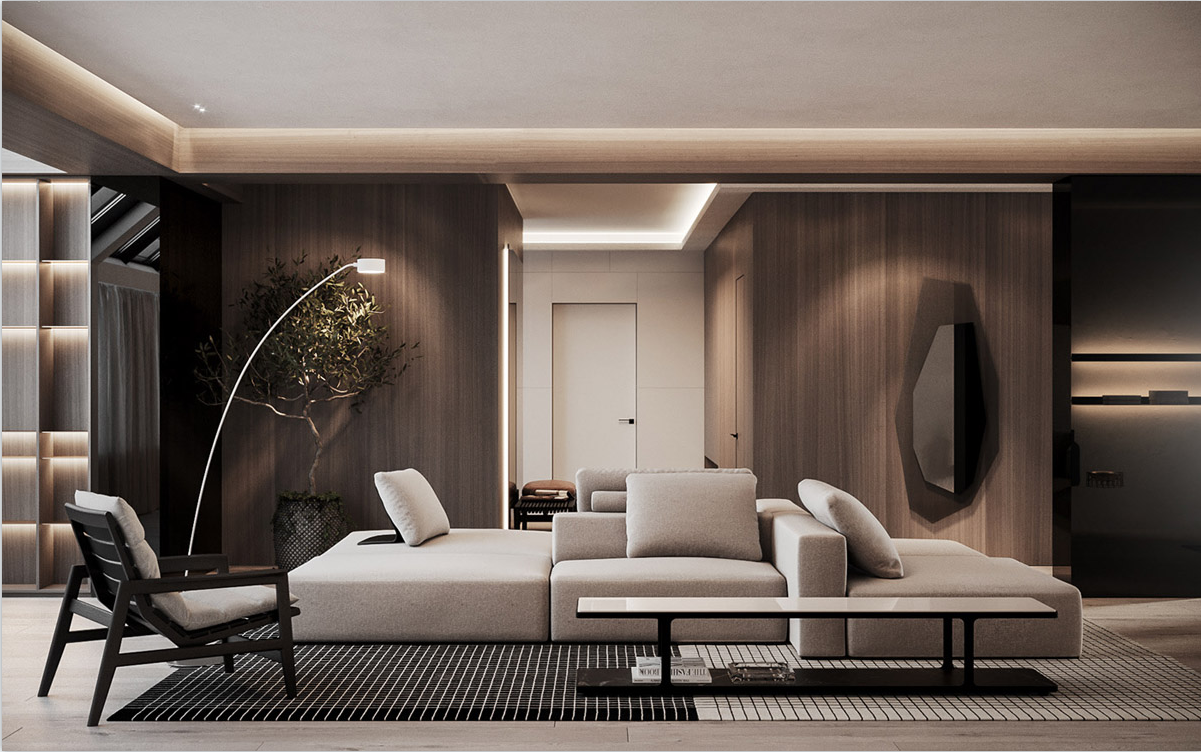LED arrays or panels with a high number of LEDs per unit area are referred to as high density LEDs (Light Emitting Diodes). They are intended to deliver more brightness and intensity than ordinary LEDs. High density LEDs are often employed in high-illumination applications such as outdoor signage, huge displays, stadium lighting, and architectural lighting. They can also be utilized for general lighting in homes and commercial structures. The higher the number of LEDs in high density LEDs, the more homogeneous and strong the lighting output.
To determine whether a strip light is a high density strip light, perform the following tests:
Look for the following specifications: Check the product package or literature to determine if the density of LEDs per unit length or per meter is mentioned. High density strip lights often have a higher number of LEDs, with 120 LEDs per meter and above being the norm.
Visual examination: Carefully examine the strip. High density strip lights contain a larger concentration of LEDs, which means there is less space between individual LEDs. The higher the density, the more LEDs there are.
Turn on the strip light and observe the brightness and intensity of the light emitted. Because of the increased number of LEDs, high density strip lights generate brighter and more intense illumination. It is most likely a high density strip light if the strip light produces strong, uniform lighting.

High density strip lights are frequently shorter in length and more compact in size. At precise cutting places, they can normally be chopped into shorter portions. They are also extremely flexible, allowing for simple installation and molding around curved surfaces. If the strip light exhibits these qualities, it is possible that it is a high density strip light.
When comparing it to ordinary strip lights, you can examine the number of LEDs per length or meter to see if the strip light in issue has a higher density.
Finally, it is best to consult the product specifications or the manufacturer or seller to verify correct information about the density of the strip light.
High density strip lights are extensively utilized in a variety of applications that demand intense and focused illumination. Among the most common applications are:
Accent lighting: High density strips are commonly used to highlight architectural details such as the edges of staircases, shelves, or cupboards.
Task lighting: Because LEDs have a high density, they produce a concentrated and homogeneous light output, making these strips ideal for task lighting in workshops, kitchens, or craft areas.
High density strip lights are commonly used in retail contexts to call attention to items, create an attractive display, or improve the overall ambiance of the store.
Signage and advertising: Because high density strips provide brilliant and vibrant illumination, they are suitable for generating eye-catching signs and displays for advertising reasons.
Cove lighting: Install high density strips in cove or recessed locations to give indirect lighting, creating a warm and inviting glow to rooms. This is common in hotels, restaurants, and home settings.
High density strip lights are utilized in environments such as theaters, bars, clubs, and hotels to provide dynamic lighting effects, backlit displays, and mood lighting.
These strip lights are also popular for specialized automotive lighting or marine applications, such as accent lighting in vehicles or boats.
High density strip lights’ adaptability and flexibility make them suited for a wide range of both residential and commercial settings, offering brilliant and efficient illumination in a variety of applications.
Contact us for more LED strip lights information!
Post time: Aug-02-2023

 Chinese
Chinese